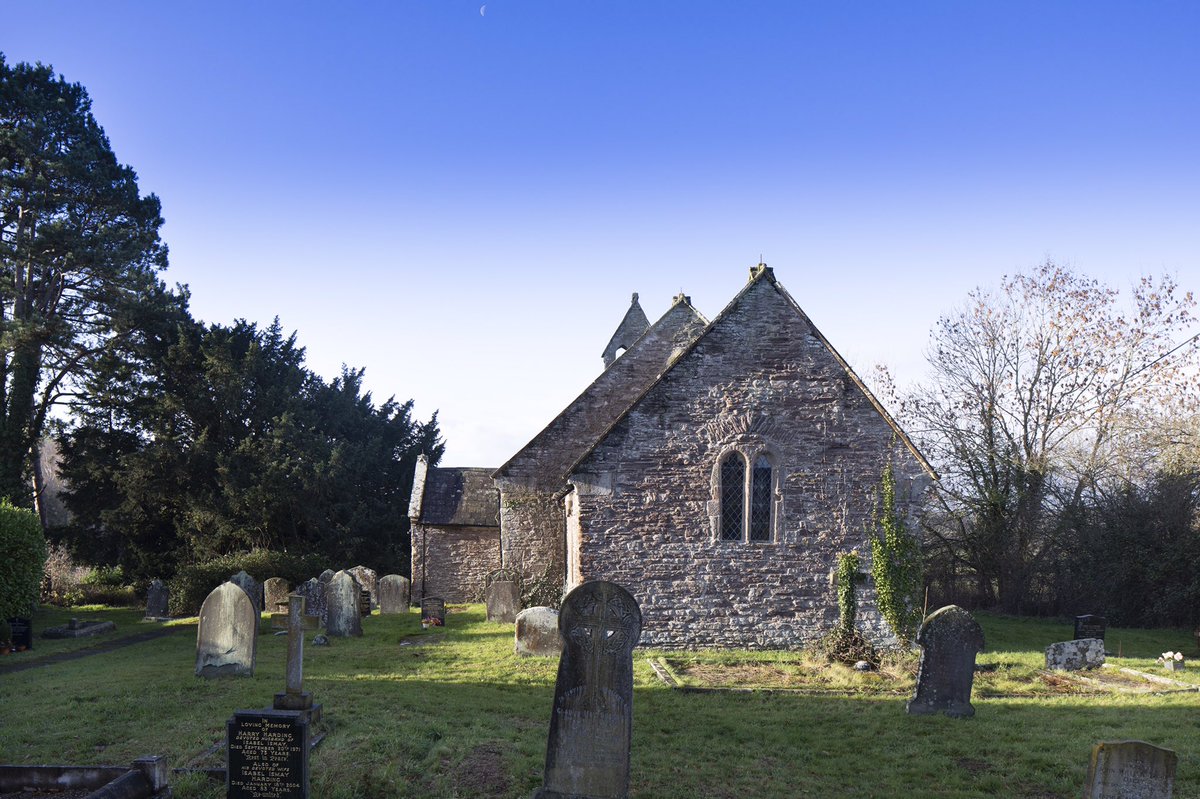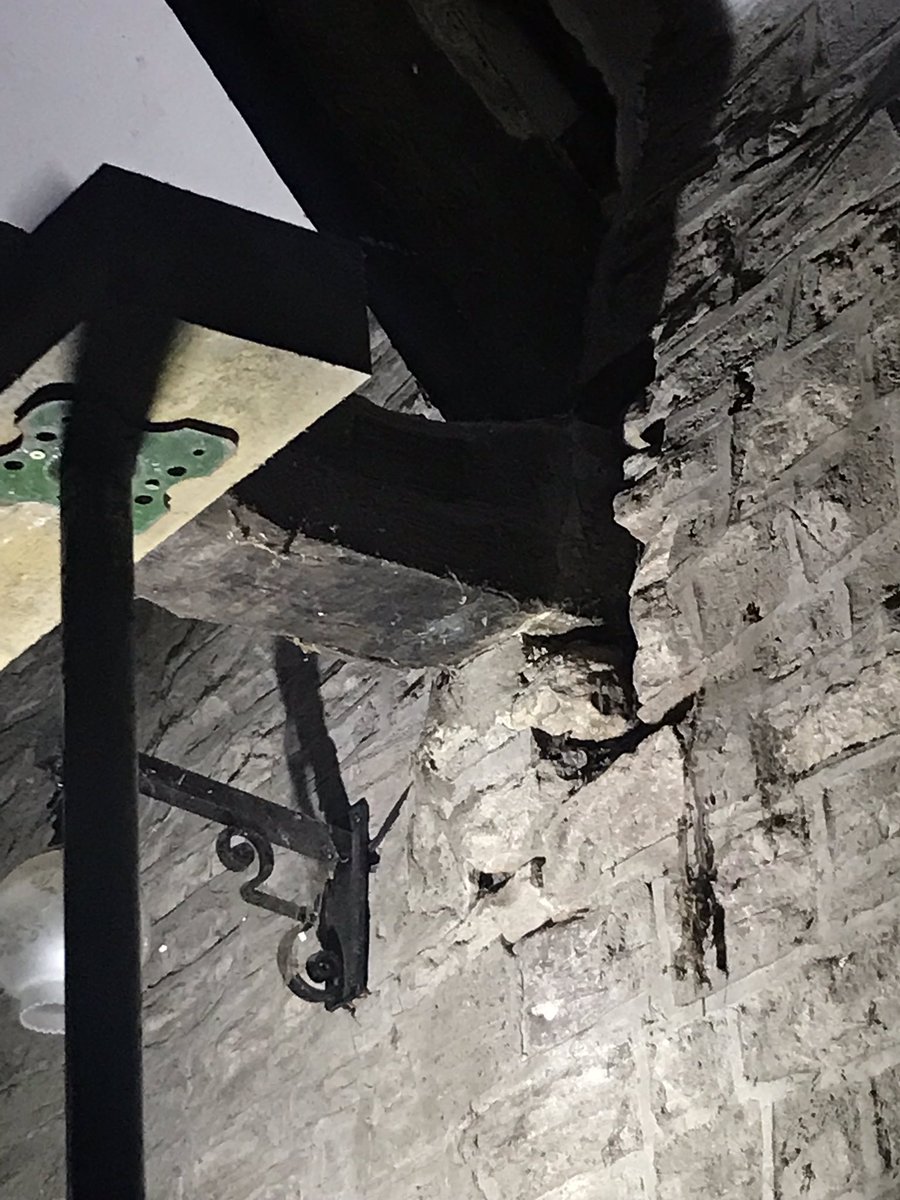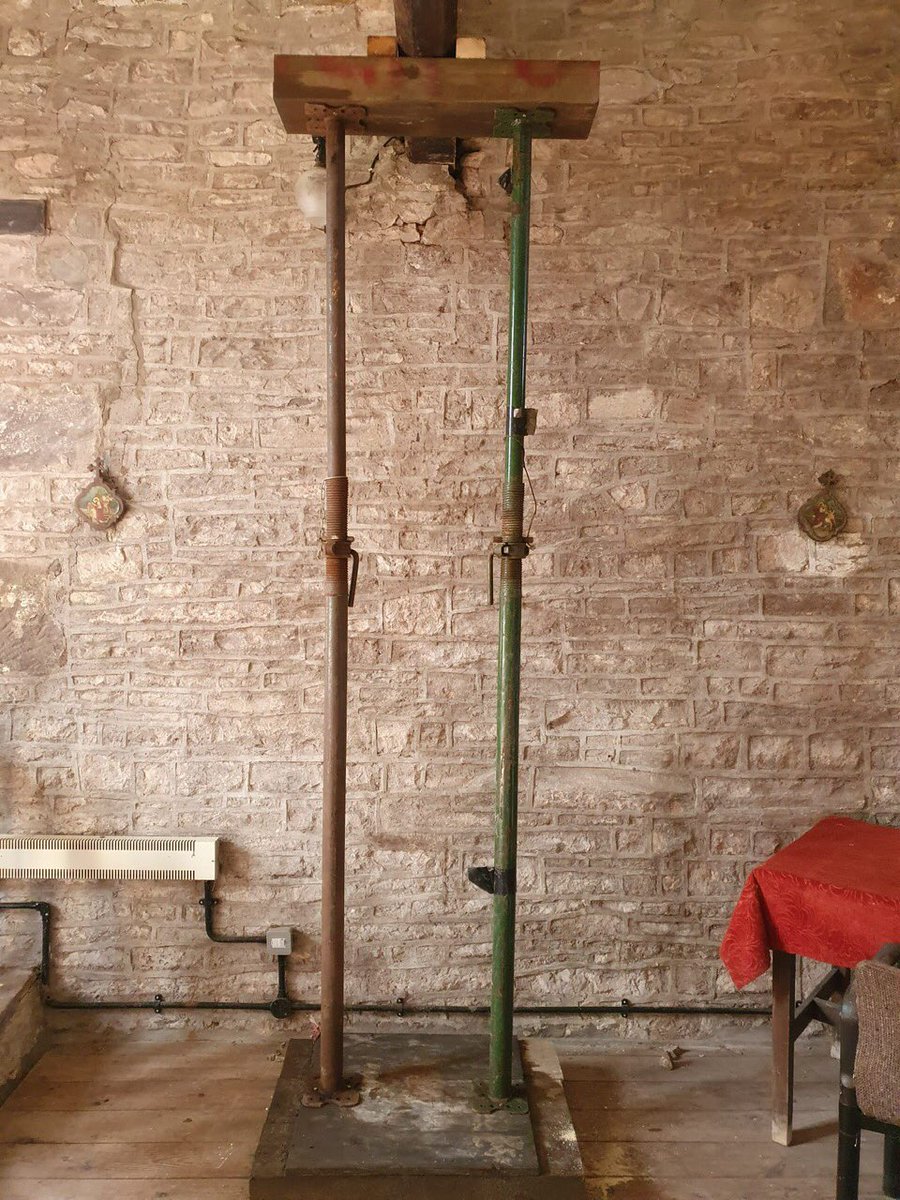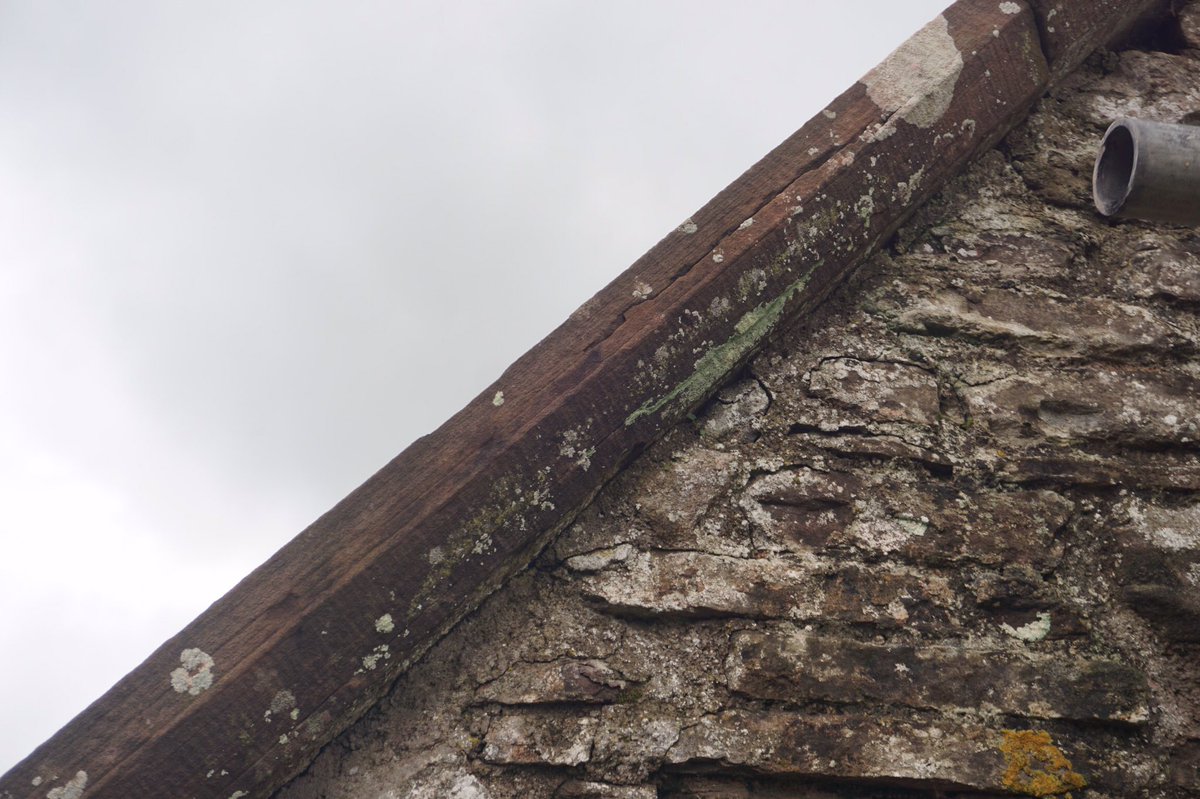
It's almost time for the Pancake Bell!
Traditionally, on Shrove Tuesday morning, a distinctive chime of a church bell signified the final day of Shrovetide, a festival which one clergyman condemned in 1571 for its 'Great gluttony, surfeiting and drunkenness'.
1/4 #PancakeDay
Traditionally, on Shrove Tuesday morning, a distinctive chime of a church bell signified the final day of Shrovetide, a festival which one clergyman condemned in 1571 for its 'Great gluttony, surfeiting and drunkenness'.
1/4 #PancakeDay

The bell called folk to church for Confession before Lent & prompted them to use their last fats, eggs and milk before 40 days of fasting — usually turned into pancakes. Unsurprisingly, the shriving bell became known as the Pancake Bell, and its ringing set mouths watering.
2/4
2/4

In recent years many churches have revived the tradition of the Pancake Bell, which is usually rung at 11 am.
So, if you hear it, please try to remember your manners!
4/4
Painting details from The Fight Between Carnival and Lent, Pieter Bruegel the Elder, 1559 (public domain)
So, if you hear it, please try to remember your manners!
4/4
Painting details from The Fight Between Carnival and Lent, Pieter Bruegel the Elder, 1559 (public domain)

p.s. The church with bell turret shown in our first tweet is Old St Luke's (also known as Tuxlith Chapel) in Milland, West Sussex. And here's a video that a visitor made of the bell being rung last year.
• • •
Missing some Tweet in this thread? You can try to
force a refresh


























